All Posts
View Other Categories
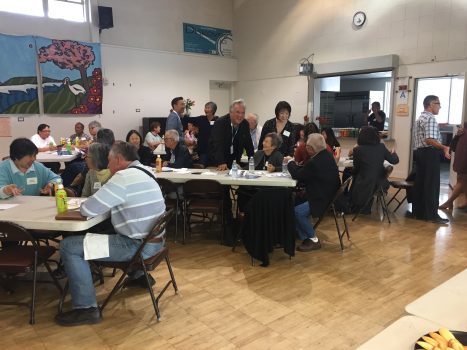
Densho Community Listening Tour
2042 will mark the 100th anniversary of Executive Order 9066 and Densho is already making some ambitious plans for what we want to accomplish by that date. We recognize that…
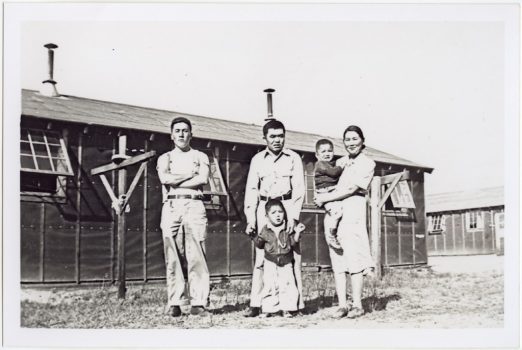
It’s Time to Retire WWII-Era Euphemisms for Japanese American Incarceration
It seems like more people are talking about Japanese American history than ever before. As it’s become increasingly relevant to our country’s current political moment, the Japanese American story has…

10 Little-Known Stories About Rohwer Concentration Camp
If there’s one true thing about studying history, it’s that there’s always more to learn. Less (in)famous than sites like Manzanar and Tule Lake, Rohwer was one of two WRA…
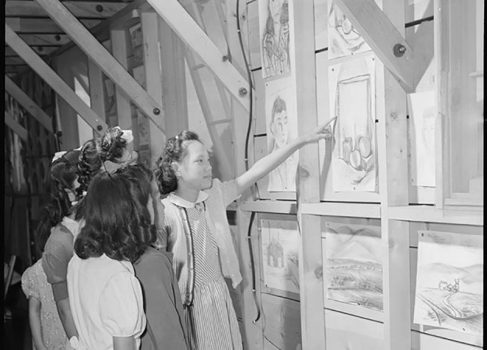
Introducing Densho’s 2019 Artists Initiative Recipients
We’re pleased to introduce the two artists who will receive 2019 Densho Artists Initiative funding! Out of a wide selection of gifted artists and their powerful proposals, Brynn Saito and…

Setsuko Matsunaga Nishi: Creating Community and Building Bridges After WWII Incarceration
Setsuko Matsunaga Nishi was born in Los Angeles on October 17, 1921, the second of four children—and oldest of three sisters—of Hatsu and Tahei Matsunaga. She grew up in a…

Patsy Mink: Ahead of the Majority and Ahead of Her Time
Patsy Takemoto Mink was born in Pā`ia, Maui, on December 6, 1927, to Nisei parents Suematsu and Mitama Takemoto. Like many Japanese Americans growing up in Hawai`i at that time,…
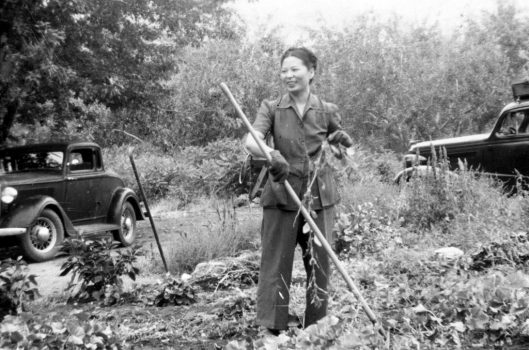
Surviving Racism, Toxic Masculinity, and Some Gruesome Medical Ordeals
There’s a tendency during women’s history month to focus our celebrations on the women who accomplished great things as activists, artists, and thinkers. And indeed these women should be celebrated!…

Smashing the Patriarchy since 1895: The Anti-Violence Advocacy of Issei Pioneer Yeiko Mizobe So
Yeiko Mizobe So was born in Fukuoka on December 4, 1867 to samurai Nobuhara Mizobe and his wife Ino. She and her three siblings grew up in a fairly privileged…

From Poston to the Prison Industrial Complex: Mia Yamamoto’s Unwavering Fight for Justice
Mia Yamamoto was, in her own words, “born doing time” in Poston in September 1943, and spent the first years of her life confined in an isolated prison camp in…

How We Remember
Y’all killed it this Day of Remembrance. We were so moved to see all the DOR posts, pictures, and family stories you shared on social media. This is the work…
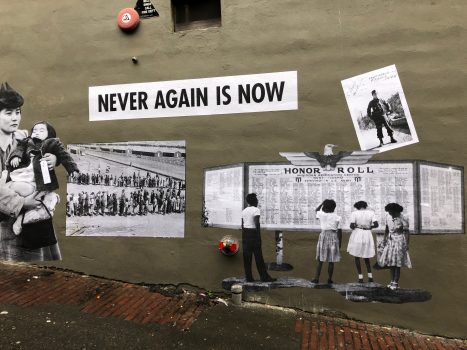
SANSEI: On Being Japanese American in a Time of Crisis
This guest post is adapted from a speech delivered by Stanley N. Shikuma at the 2019 Day of Remembrance Taiko Fundraiser organized by the Minidoka Pilgrimage Planning Committee and co-sponsored…

My Kimono is Not Your Couture
Items called “kimono” are having a moment in the fashion world. But as guest blogger Emi Ito points out, this trend revolves around appropriation and erasure of histories that are…
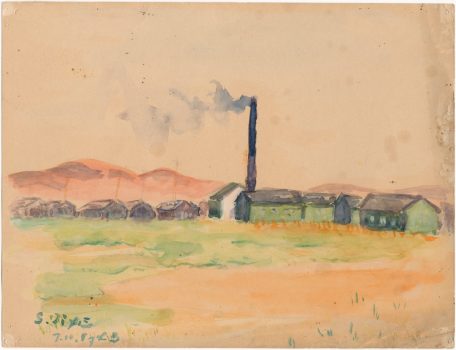
Japanese American Artists Behind Barbed Wire
Following the forced exile from the West Coast under Executive Order 9066, many incarcerated Japanese Americans turned to art as a way to cope with their harsh prison environment. Stripped…

The First Day of Remembrance, Thanksgiving Weekend 1978
Guest post by Frank Abe This week marks the 40th anniversary of the very first Day of Remembrance. It was invented here in Seattle, at a pivotal moment when the…
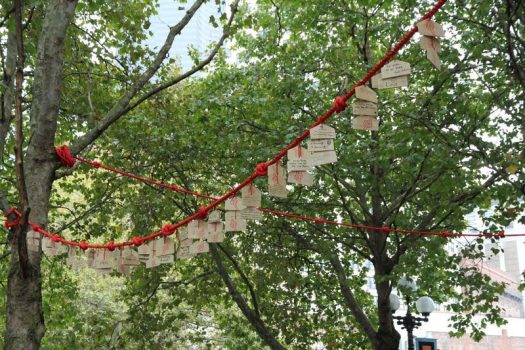
Densho’s Artist-in-Residence Program
Densho is first and foremost a history organization but as we have gotten more vocal about today’s political climate, we’ve become more acutely aware of the fact that art can…
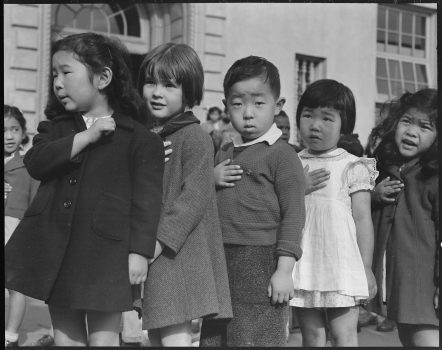
This Isn’t The First Time White Supremacists Have Tried to Cancel Birthright Citizenship
In the latest in a long string of attacks on immigration, this week Trump declared he would issue an executive order ending birthright citizenship. Established by the 14th amendment in…
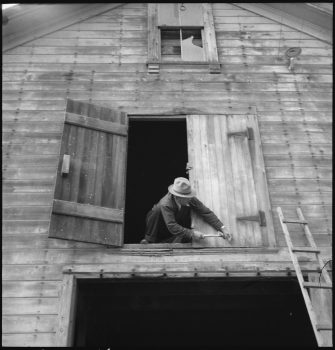
The WWII Politics of Farms and Labor
This #NationalFarmersDay, let’s talk about how during World War II Japanese Americans were forced to give up lucrative farming endeavors before being forced into concentration camps where they were made…
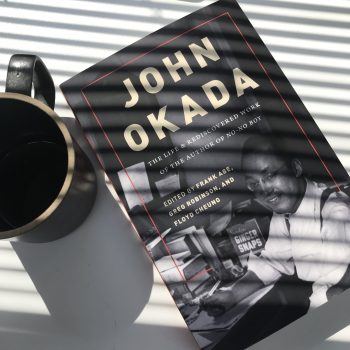
A Fresh Look at an Old Classic
John Okada: The Life & Rediscovered Work of the Author of No-No Boy Edited by Frank Abe, Greg Robinson, and Floyd Cheung John Okada’s No-No Boy is a legendary and…
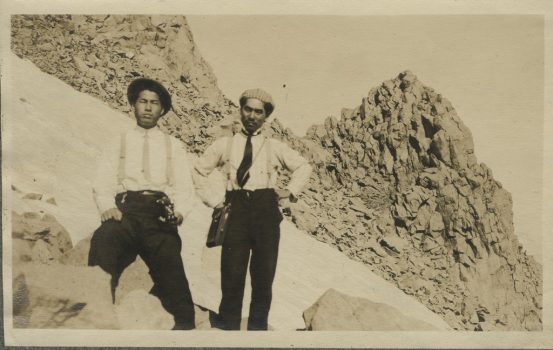
Photo Essay: Early Nikkei Excursions to Mt. Rainier
On a clear day, the 14,411-foot peak of Mt. Rainier looms large on Seattle’s southern horizon. The glacial mountain has played a major role in the lives of people living…

8 Lessons in Resistance from Tule Lake
“Kodomo no tame ni. They’re our children, set them free.” In a protest at the site of the old Tule Lake jail earlier this month, survivors of WWII incarceration pounded…
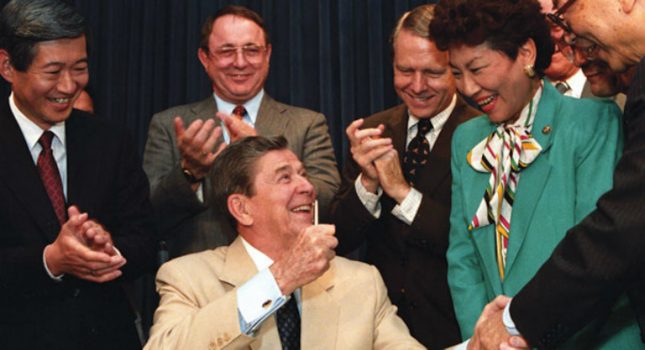
The (Ongoing) Ruins of Japanese American Incarceration: Thirty Years After the Civil Liberties Act of 1988
By guest author Brandon Shimoda This year marks the 30th anniversary of the signing of the Civil Liberties Act, with which the United States closed the book on Japanese American…

The Supreme Court Got It Wrong, Again
In today’s ruling upholding the Muslim Ban, the Supreme Court is repeating the mistakes it made in defending the forced removal and incarceration of Japanese Americans during WWII.

“What an Ungodly Place to Meet”: Tales from Camp Toilets
In stories of the forced removal and incarceration, certain types of stories recur. There is the shock of Pearl Harbor and the subsequent exclusion orders, the preparations for removal including…
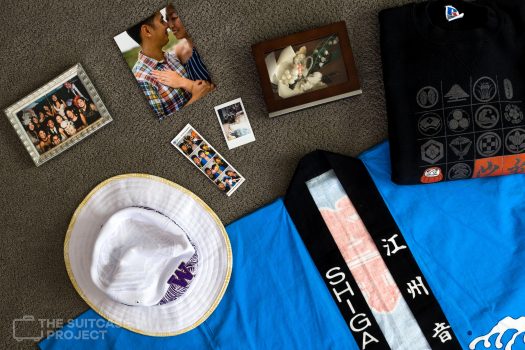
The Suitcase Project: What would YOU bring?
If Japanese American/Canadian incarceration happened today, what would you bring with you? That’s the question at the heart of Kayla Isomura’s new Suitcase Project. This year she has been photographing…
